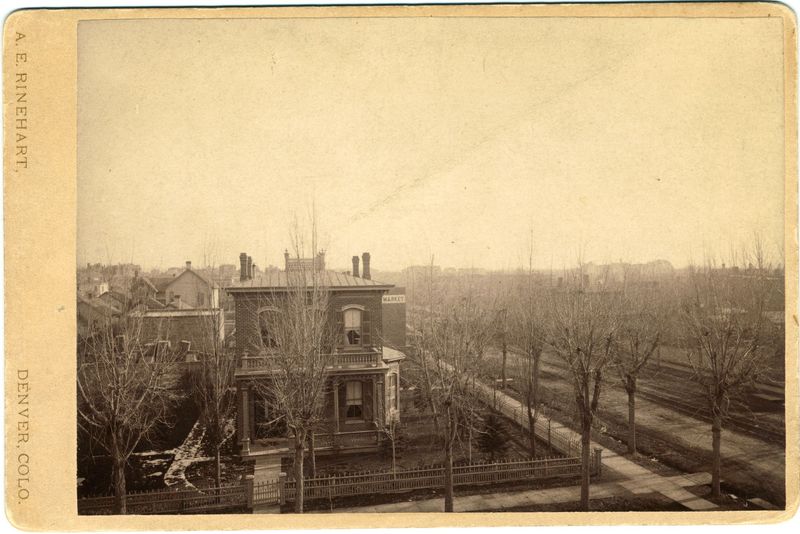Chasing The Cure
“Colorado is so healthy a man has to be shot to start a burial ground,” bragged one early booster in the state’s history. The Denver & Rio Grande railroad lured potential residents to the area with the claim that “the invalid of the East, with hollow eyes and shrunken faces” could find a cure for their illness in the “salubrious and health giving climate” of the Rocky Mountain region. As early as 1887, the Denver Chamber of Commerce declared that tuberculosis “is generally cured and always benefited by permanent residence here.” Exaggerated statements like these often encouraged consumptives to flock to Denver and Colorado. No portion of the health frontier received greater nationwide publicity after the Civil War than Colorado. In the absence of a “magic bullet” drug to treat early TB patients, at the turn of the twentieth century, fresh air, nutritious food, and rest and moderate exercise were the cornerstones of early tuberculosis therapy. The sanatoriums featured wards with large windows or sleeping porches and balconies so that patients could benefit from fresh air and be treated with “heliotherapy” from Colorado sunshine. “What magic there was in that name, Colorado!” recalled one tuberculosis victim. “To my mind it was truly Eldorado! I never for one moment doubted that I was to be well.”
